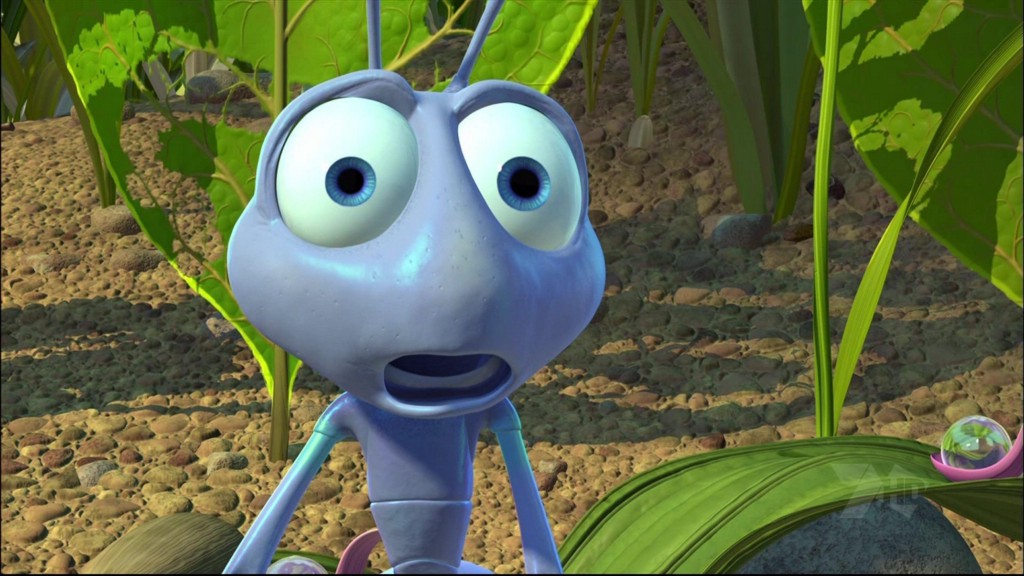The 1 Percent Even Has More Insects Than You
The rich get everything.

From NPR, we learn that having money means having more access to everything. Including insect biodiversity.
Mo’ Money, Mo’ Bug Problems: Wealthier Homes Are Rich In Insects Too
Neighborhood income is a good predictor of the number of kinds of insects found indoors, according to a recently-published study in Biology Letters. The researchers went searching in the dark corners of 50 homes in the Raleigh, North Carolina, area for bug life.
I went and read the Biology Letters abstract because that’s the kind of person I am, and found this beautiful, beautiful sentence:
Our finding, that homes in wealthier neighbourhoods host higher indoor arthropod diversity (consisting of primarily non-pest species), shows that the luxury effect can extend to the indoor environment.
You know what “higher indoor arthropod diversity” means, right? Legs. Lots and lots of tiny insect legs.
What’s actually going on here? Well, wealthy neighborhoods tend to have gardens, as well as lawns. Those gardens have a higher variety of plant life—they’re not just grabbing the black plastic tubs of mums and marigolds from Walmart’s Patio and Garden section—which in turn invites a higher variety of both animal and insect life.
The birds and lizards, for the most part, stay outdoors. The insects don’t.
So that’s your good news for the day, depending on your household income level. The next time you see an arthropod crawling up your bedroom wall, remember that the rich have more arthropods than you, and that makes you the lucky one.
Support The Billfold
The Billfold continues to exist thanks to support from our readers. Help us continue to do our work by making a monthly pledge on Patreon or a one-time-only contribution through PayPal.
Comments